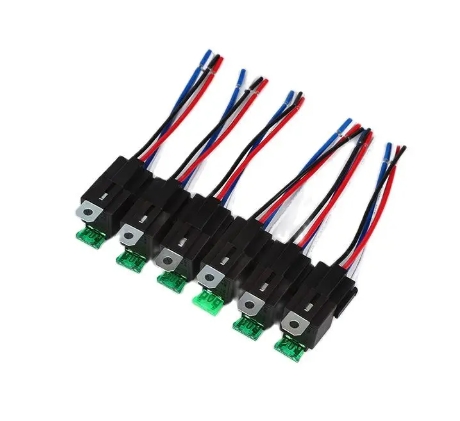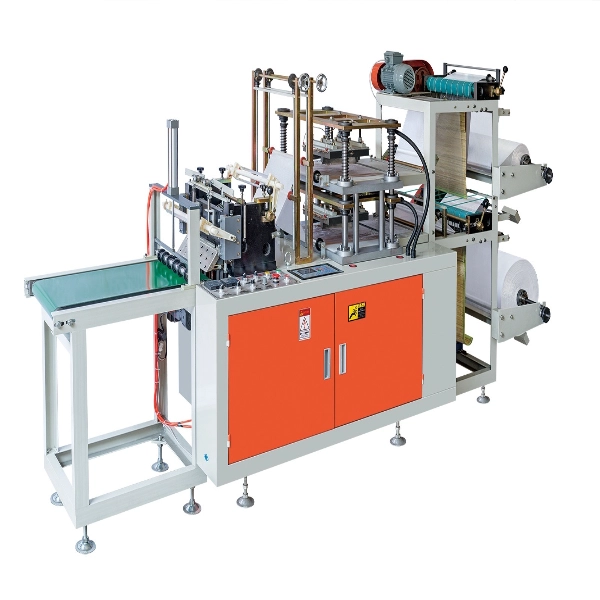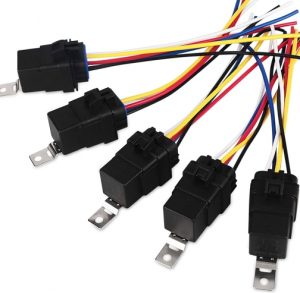
Summary: A relay is an electronic device used to control high-power current in an electrical circuit. This article will delve into the best applications for relays and provide practical examples and cases to help readers understand when they should be used.
text:
A relay is a common electronic component used to control high-power currents in electrical circuits. They play an important role in various industries and can be seen in everything from industrial automation to home appliances. However, it is crucial to understand when a relay should be used to ensure the safety and reliability of the circuit.
- High current applications
One of the most common uses of relays is for current control in high current applications. When large currents need to be handled in a circuit, relays can provide a reliable switching function to protect other electronic components from overload or short circuit damage. For example, in industrial machinery, relays can be used to control the starting and stopping of electric motors, as well as to control the operation of other high-power equipment.
- Electrical isolation
Relays can also be used to achieve electrical isolation, separating control circuits from power circuits. This isolation provides additional security against galvanic and electromagnetic interference in the control circuitry. In areas such as medical devices, aerospace and nuclear power, electrical isolation is critical, and relays play a key role in these applications.
- Logic control
Relays can also be used in logic controls to control the behavior of output circuits based on the state of the input signal. Complex logic functions can be implemented by using different types of relays such as time delay relays and logic relays. This is useful in areas such as automation systems, security systems and traffic signal control.
- Fault protection
Relays can also be used for fault protection, monitoring abnormal conditions in the circuit and triggering appropriate actions. For example, a temperature relay can monitor temperature changes in a circuit and cut off power when the temperature exceeds a set threshold to prevent equipment from overheating. This fault protection feature is important in power systems, electronic equipment, and automotive circuits.
Summarize:
Relays are widely used in modern industry. Their main advantages are their ability to handle high power currents, achieve electrical isolation, provide logic control and fault protection. Knowing when relays should be used can help engineers and designers ensure the safety, reliability, and performance of their circuits. Whether in industrial automation, medical equipment or home appliances, relays are indispensable components.


